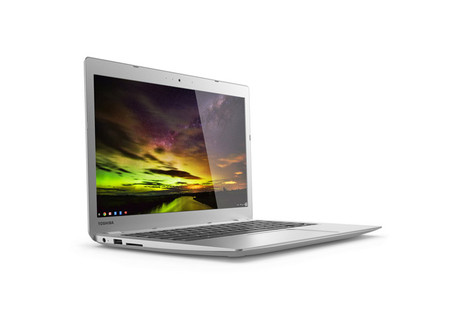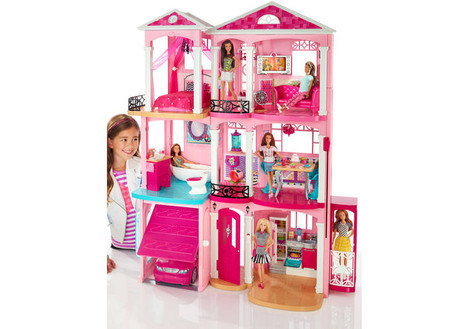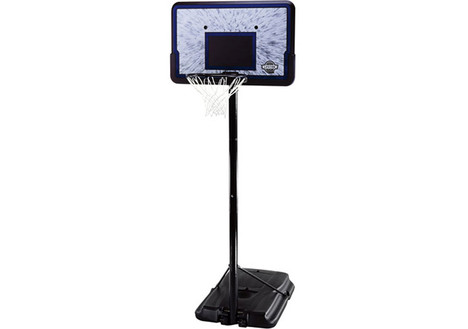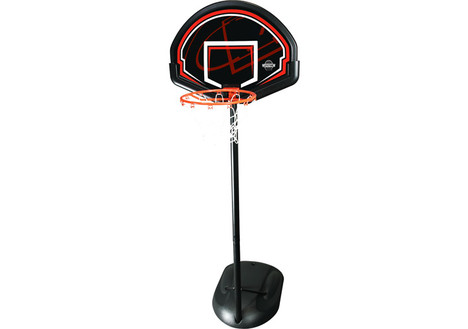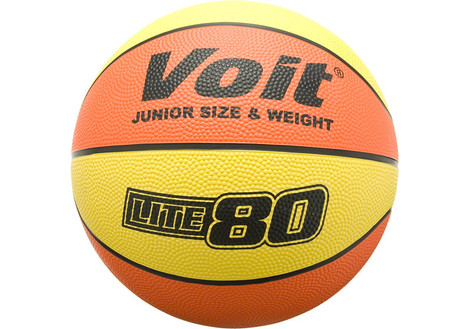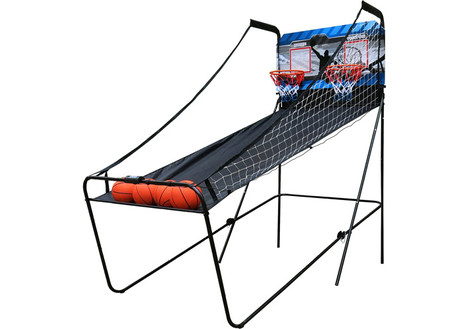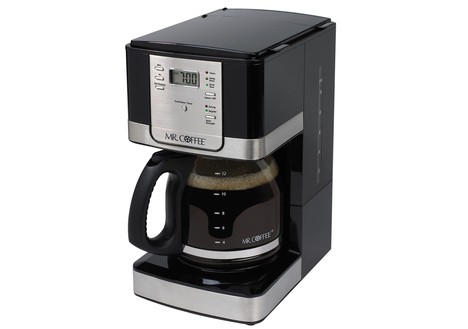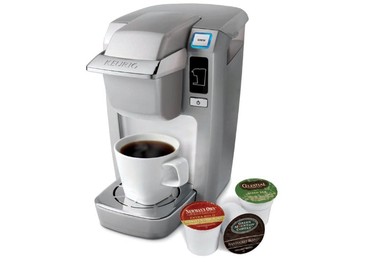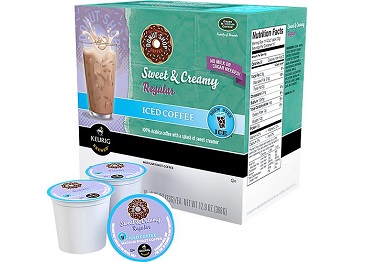
We have already talked about freshwater fish here on DealDashBlog before, but I think it’s time we progressed on to the next challenge: saltwater fish!
In this DealDash Blog series we have been highlighting different pets, given some basic facts about pet ownership, and hopefully helped you make informed decisions about your new furry, feathered, or finned family member. Having a saltwater or marine aquarium is a significantly harder challenge than a freshwater tank, and some would argue much harder and more time-consuming than a cat or dog.

As a person who had worked at a pet store as well as having my own freshwater aquariums for years at some point I decided that I was ready for a saltwater tank. To be honest…I wasn’t! I jumped in feet-first and tried to make everything beautiful as fast as possible. It had always worked with freshwater aquariums before, and I was very surprised when all of my tank inhabitants died. I was very upset, and went back to freshwater for a while. I got the marine bug again about a year ago, and I am doing things correctly this time. Hopefully I can share some of my helpful tips so you don’t make the same mistakes that I made.
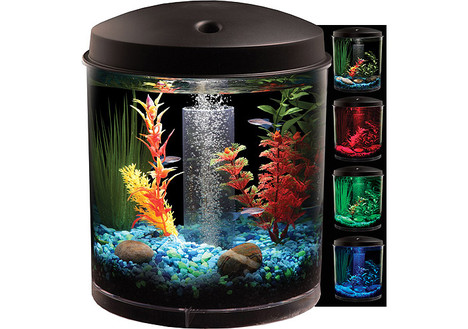
There are a huge variety of different aquariums that you can get for your first set-up, most people find that the easiest thing to do is to get a kit that is already pre-assembled. DealDash has a few adorable nano tanks that some some equipment to get you started. Check them out in the Home, Garden, and Tools sections. However, if you would prefer to pick up the pieces yourself, here are the very basics that are recommended for a saltwater fish aquarium:
- Fish tank or aquarium
- Light source (LEDs or other strong lighting if you plan on doing corals)
- External Filter, Protein skimmer
- Water additives depending on if you keep corals or not
- Power head for water movement
- Thermometer
- Fish food
- Heater
- Live rock
- pre-made saltwater or RO water, bucket, and salt mix
- Hydrometer (to measure how salty the water is)
- Water testing kits (ph, ammonia, nitrate, nitrite at a bare minimum)
- Sand (optional, some people prefer “bare bottom”)
- UV light (optional, kills bacteria)
- Magnet scraper (optional, to clean algae and salt deposits on glass without getting wet)

The size and type of aquarium that you purchase can determine the type and quantity of fish that you choose to put in your new aquarium. When doing saltwater fish, space is KEY. If you want a very small nano tank (10 gallons or less) then you probably just want to go with one small fish such as a clownfish (Nemo), or clown goby. Clown gobies aren’t quite as well known as clownfish, but they are amazingly cute and come in many different colors like yellow, blue, green, etc. Along with your one small fish and live rock you could also put in a small shrimp such as a peppermint shrimp. You can also add a few marine hermit crabs and snails. If you have good lighting you can also add some beginner corals such as kenya trees, pulsing xenia, mushrooms, or zoas.

If you are interested in having more than 1 or 2 small fish in your tank then you will need to go much bigger, I would say 40 gallons is the smallest tank that you should go with, but with saltwater, bigger is always better, because the water quality is more stable the bigger you go. I currently have a 90 gallon tank, and it’s definitely been the most successful (and biggest) tank that I have ever had.
Setting up your aquarium for saltwater is a simple process, but the key is patience. With freshwater you can basically go from no tank to a tank full of healthy happy fish in the span of a week. No so with saltwater.
- Put your aquarium on whatever surface that you will be keeping it on long term, be it an actual aquarium stand, a dresser, table, desk, etc. If you’re looking for a nice sturdy piece of furniture to put a smaller tank on, check out DealDash.
- Get your pre-made or mixed saltwater and add it to the aquarium, leaving a few inches unfilled at the top
- Put in your sand if you will be using it
- Install your heater, filter/protein skimmer, and thermometer
- Add your live rock and arrange it how you would like
- Finish filling the saltwater to the top
- Plug in heater and filter/protein skimmer
- Wait
- And wait
- And wait some more
- Add fresh RO (reverse osmosis) water every day to make up for the evaporated water. Make sure you don’t add saltwater! As the saltwater evaporates every day the water leaves, but the salt stays in the tank. If you top off with saltwater every day then your water will be much too salty after a few days.
- After a few weeks add a few snails and hermit crabs
- If your snails and crabs seem to be doing well then use your water testing kit and test the water after your tank has been set up for 6 weeks or so
- If your water tests well 0 ammonia, 0 nitrite, 20 or less nitrate then you just might be ready to add one fish. Please pick and small and inexpensive fish such as a damsel fish, don’t go for an expensive tang right away.
- Try not to add more than one fish at a time, and wait a few in between adding fish. Before you add any more fish do a water test in between to make sure that your water parameters are safe.
- Sit back, relax, and enjoy your new pets!
I hope that this article has helped you understand a little bit about setting up a saltwater fish aquarium. If you are in the market for an aquarium, pet store gift card, or any other pet-related items head on over to DealDash and see what they have up for bid today. I have gotten so many pet store gift cards from DealDash. And the best thing is, if I don’t win the auction then I can just buy the gift card for face value, they ship it to me for free, and give me all my bids back to try again. It’s really win-win! Good luck and happy bidding everyone!

